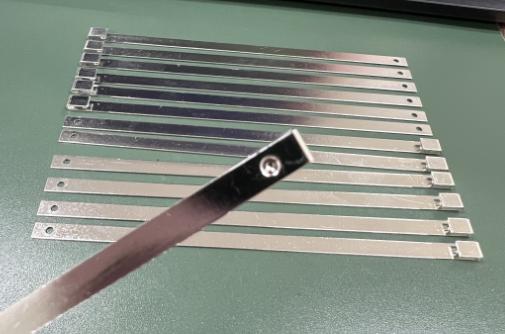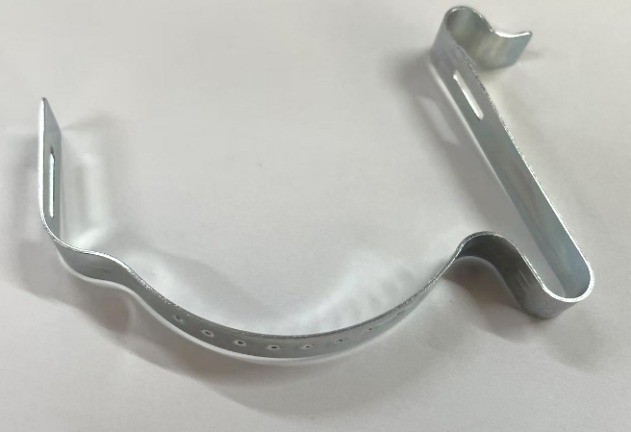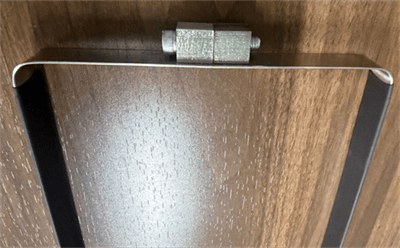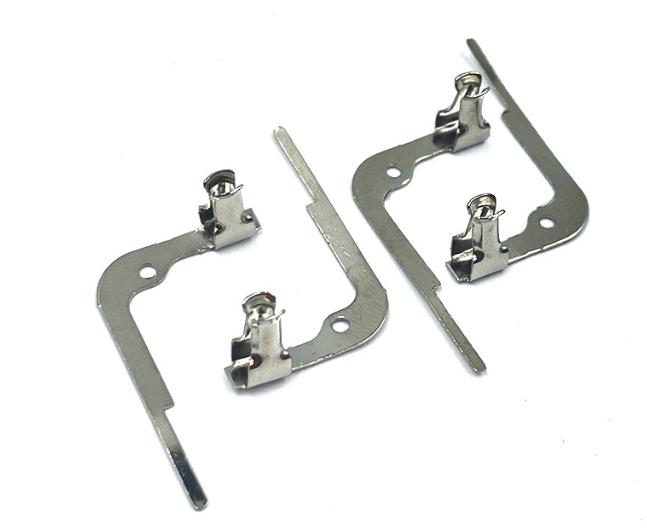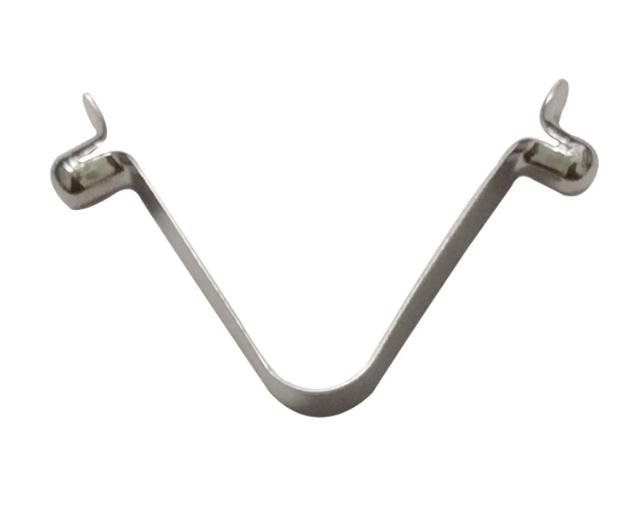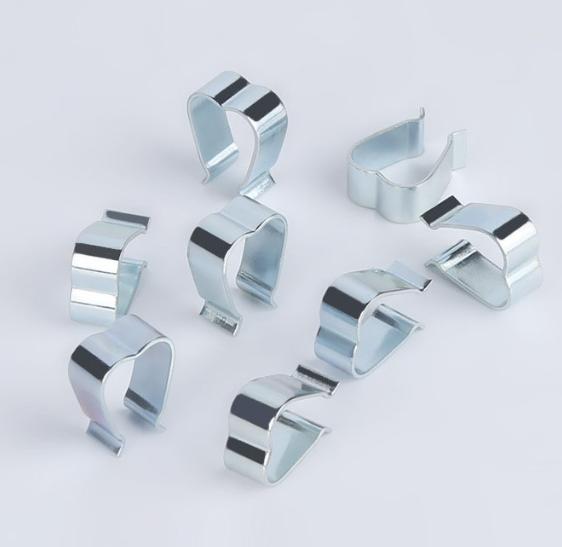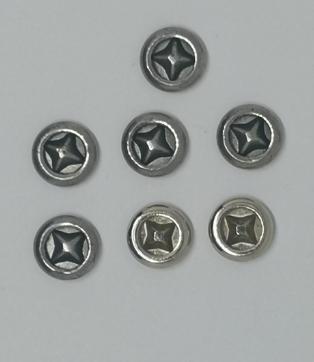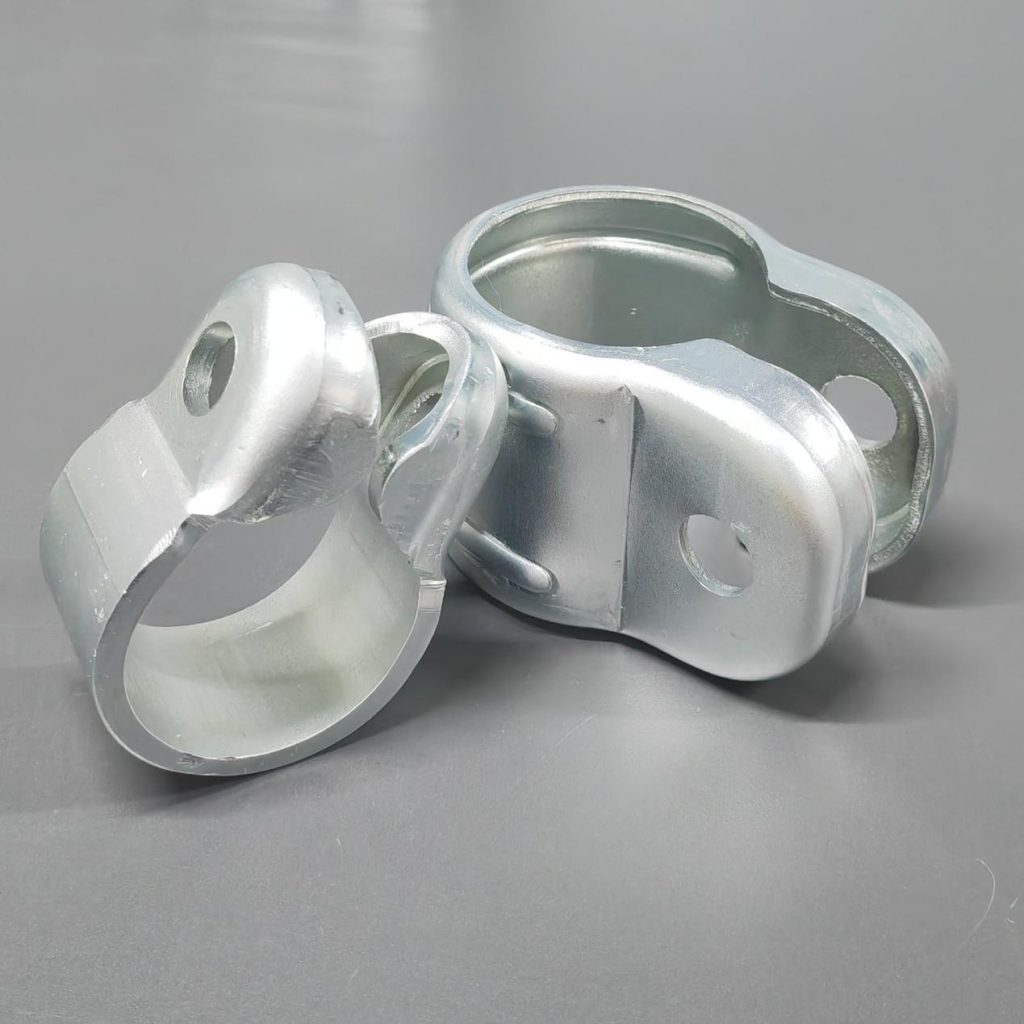A Comprehensive Guide to Brass Eyelets
The humble brass eyelet, often overlooked, plays a crucial role in a surprising array of applications. These tiny rings of gleaming metal not only add strength and functionality but also inject a touch of timeless elegance into various materials. But why brass? And how are these tiny titans crafted? Let’s delve into the world of brass eyelets, exploring their uses, manufacturing process, and some handy tips for working with them like a pro.
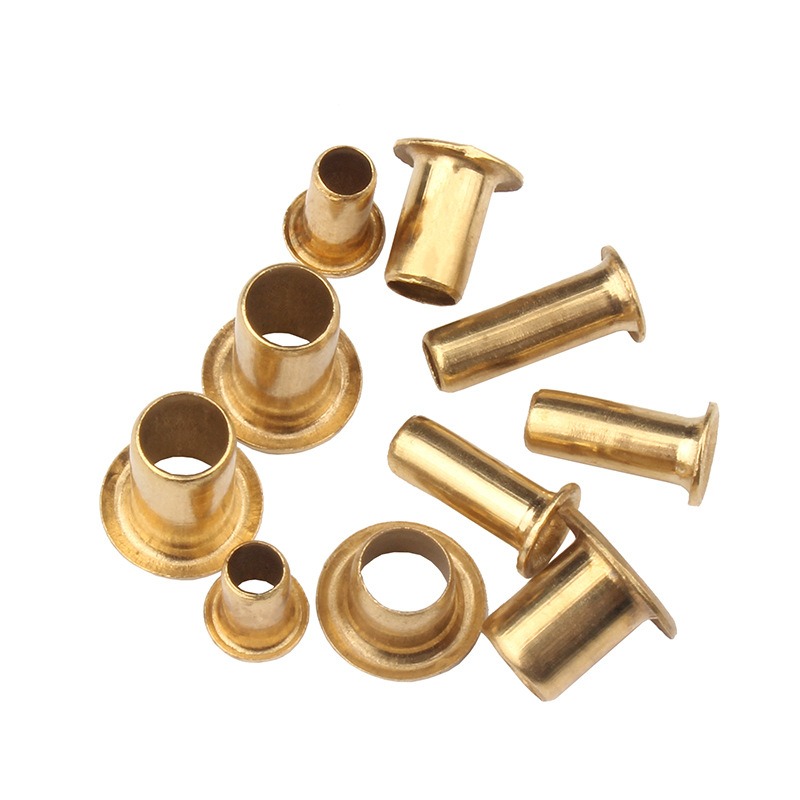
Why Choose Brass as the Raw Material of Brass Eyelets?
Brass, a beautiful alloy of copper and zin, holds several advantages over other eyelet materials like plastic or steel. Its inherent:
- Strength: Brass eyelets can withstand significant wear and tear, making them ideal for applications where durability is key.
- Malleability: They’re easily bent and shaped, allowing for a snug fit in various materials.
- Corrosion Resistance: Brass resists rust and tarnishing, ensuring long-lasting beauty and functionality.
- Heat Conductivity: They readily conduct heat, making them perfect for heat-sealing applications like fabric reinforcement.
- Aesthetic Appeal: The warm, lustrous finish of brass adds a touch of sophistication to any project.
What are the Functions of Brass Eyelets?
While decorative uses abound, brass eyelets are far from mere embellishments. They serve essential functions across various industries and crafts:
- Strengthening: Eyelets reinforce holes in leather, canvas, paper, and fabrics, preventing tears and rips.
- Distributing Strain: They evenly distribute tension around holes, preventing material from pulling or deforming.
- Securing: Eyelets can fasten ropes, straps, and laces, holding things securely in place.
- Ventilation: They create breathable areas in fabrics, making them ideal for footwear and bags.
- Aesthetics: Eyelets add a touch of class and vintage charm to clothing, bags, crafts, and even home décor.
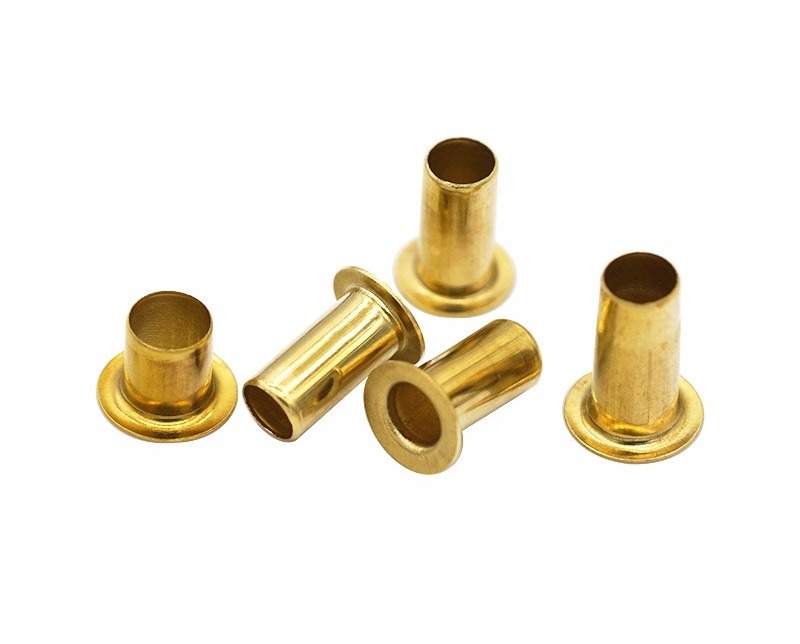
How Brass Eyelet are Made?
The manufacturing process for brass eyelets is quite fascinating! It involves a combination of precision machinery and some simple steps:
1. Metal Sheet Preparation:
Starting Material: The process begins with a coil of sheet brass, often fed through a machine called a decoiler. The thickness of the sheet will determine the final size and strength of the eyelets.
2. Stamping and Shaping:
- Die Press: The decoiled sheet enters a powerful die press, equipped with two intricately shaped metal dies. These dies press down on the sheet, simultaneously cutting out the basic eyelet shape and forming its distinctive flange and barrel.
- Multiple Cavities: High-speed machines might have multiple cavities in the die, allowing for the production of several eyelets at once, increasing efficiency.
3. Piercing and Flanging:
- Punching: After the initial shape is formed, another section of the die might have a smaller punch that pierces the center of the eyelet, creating the hole for threading.
- Flanging: The die further shapes the edges of the eyelet, bending them outwards to create the distinctive flange. This adds strength and stability to the final product.
4. Trimming and Finishing:
- Edge Smoothing: After being ejected from the press, the eyelets may pass through a finishing stage where any rough edges are trimmed and smoothed out. This ensures a clean and professional appearance.
- Washer Addition: Some eyelets come with additional metal washers for reinforcement. These washers might be separately stamped or pre-formed and assembled with the eyelet in this stage.
5. Quality Control and Packaging:
- Inspection: The finished eyelets are inspected for any defects or irregularities before being packaged. Some manufacturers might utilize automated vision systems for this task.
- Sorting and Labeling: Eyelets are sorted by size and type, then packaged accordingly for distribution and sale.
Throughout this process, precise control of the pressure, timing, and die shapes ensures consistent and high-quality brass eyelets. The entire operation can be quite rapid and efficient, churning out vast quantities of these small but essential components.
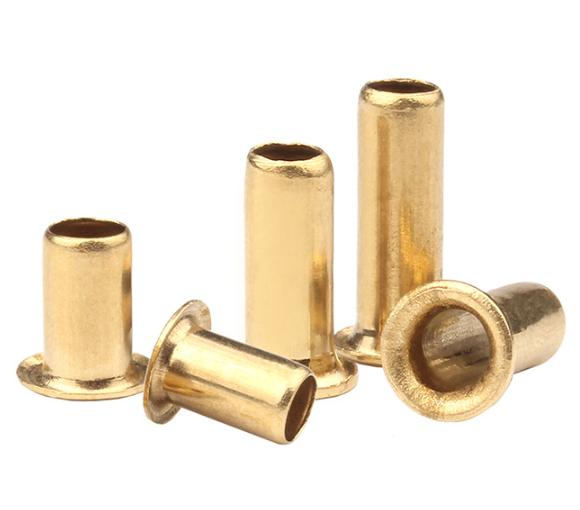
Tips & Tricks for Working with Brass Eyelets
Choosing the right eyelets:
- Size: Consider the thickness of your material and the size of the hole you need to create. Eyelets come in a variety of sizes, so be sure to choose one that is large enough to accommodate your needs.
- Type: There are different types of eyelets available, such as round, flat, and flanged. Choose the type that best suits your project. For example, flat eyelets are a good choice for lightweight fabrics, while flanged eyelets are better for heavier materials.
- Material: Brass eyelets are a popular choice because they are strong and durable. However, they can also tarnish over time. If you are concerned about tarnishing, you can choose eyelets made from a different material, such as stainless steel or nylon.
Setting the eyelets:
- Mark your holes: Use a pencil or fabric marker to mark the locations of your eyelets.
- Punch the holes: You can use a hole punch or a sharp awl to punch the holes. Be sure to make the holes slightly smaller than the eyelets themselves.
- Insert the eyelets: Place the eyelet through the hole from the front of the fabric.
- Set the eyelet: Place the washer on the eyelet stem, and then use an eyelet setter to crimp the stem. You can also use a hammer and a flathead screwdriver to crimp the stem.
Tips:
- Use a cutting mat: This will help to protect your work surface from being damaged by the eyelet setter.
- Lubricate the eyelet setter: This will make it easier to crimp the stem.
- Practice on scrap fabric: Before you start working on your project, practice setting eyelets on a scrap piece of fabric.
- Don’t over-crimp the stem: This can cause the eyelet to break.
- If you make a mistake, don’t worry! You can simply remove the eyelet and start over.
Conclusion
From humble beginnings as practical reinforcements to modern-day accessories with a touch of elegance, brass eyelets have come a long way. Their versatility and timeless appeal make them a staple in various industries, from clothing and footwear to crafting and outdoor gear. If you are seeking specialized eyelets for a specific project, please contact brass eyelet manufacturer – KENENG. They can guide you towards the ideal eyelet that not only fulfils your functional needs but also adds a touch of personal flair to your creation.

